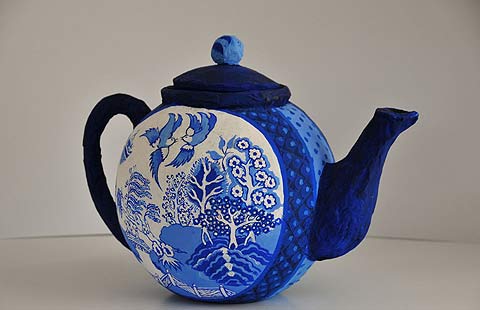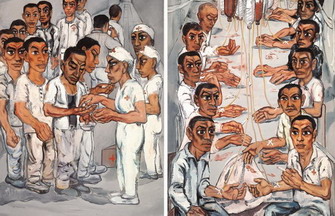Photos capture moody edge of social change
By Kelly Chung Dawson in New York ( China Daily ) Updated: 2013-12-13 09:38:01
 |
|
Photo provided to China Daily |
Yang's influences are both Western and deeply Chinese, born of a love of film noir and Chinese cinema from the 1930s and '40s, and still deeply marked by his training as a classical Chinese painter.
"I love Chinese paintings, features, landscapes and architecture," he says. "Everyone has his own place to grow up and residence to live in, and everyone's background and education is different, but a person also needs independent thinking. Sometimes, I contrast my ideals with my reality, and my hopes for the future as a kind of pursuit of real life."
Pirotte believes Yang's work can relate to both Chinese and Western audiences thanks to his comfort in both traditions, he says. Yang's love of film noir will put US viewers at ease, and his many references to traditional Chinese cultural landmarks will do the same for Chinese visitors.
"Yang Fudong suggests collective modes of storytelling, and throws the claims of 'Chineseness' today into a negotiated and shared, open-ended basis of discussion," he says.
"His work brings together the archaic and the contemporary, conciliates documentary and fictional aesthetics, and by doing so invites the audience to look beyond oriental visual display, or 'Chineseness'."
|
|
|
|
|
|
|
|
























 Raymond Zhou:
Raymond Zhou: Pauline D Loh:
Pauline D Loh: Hot Pot
Hot Pot Eco China
Eco China China Dream
China Dream China Face
China Face





